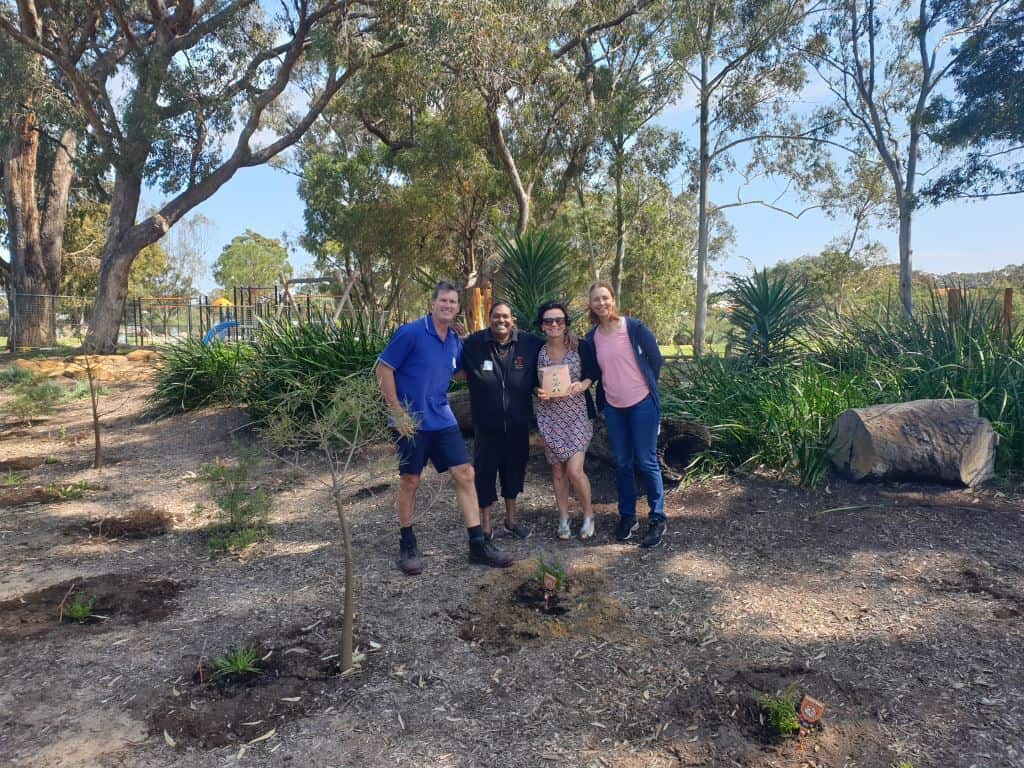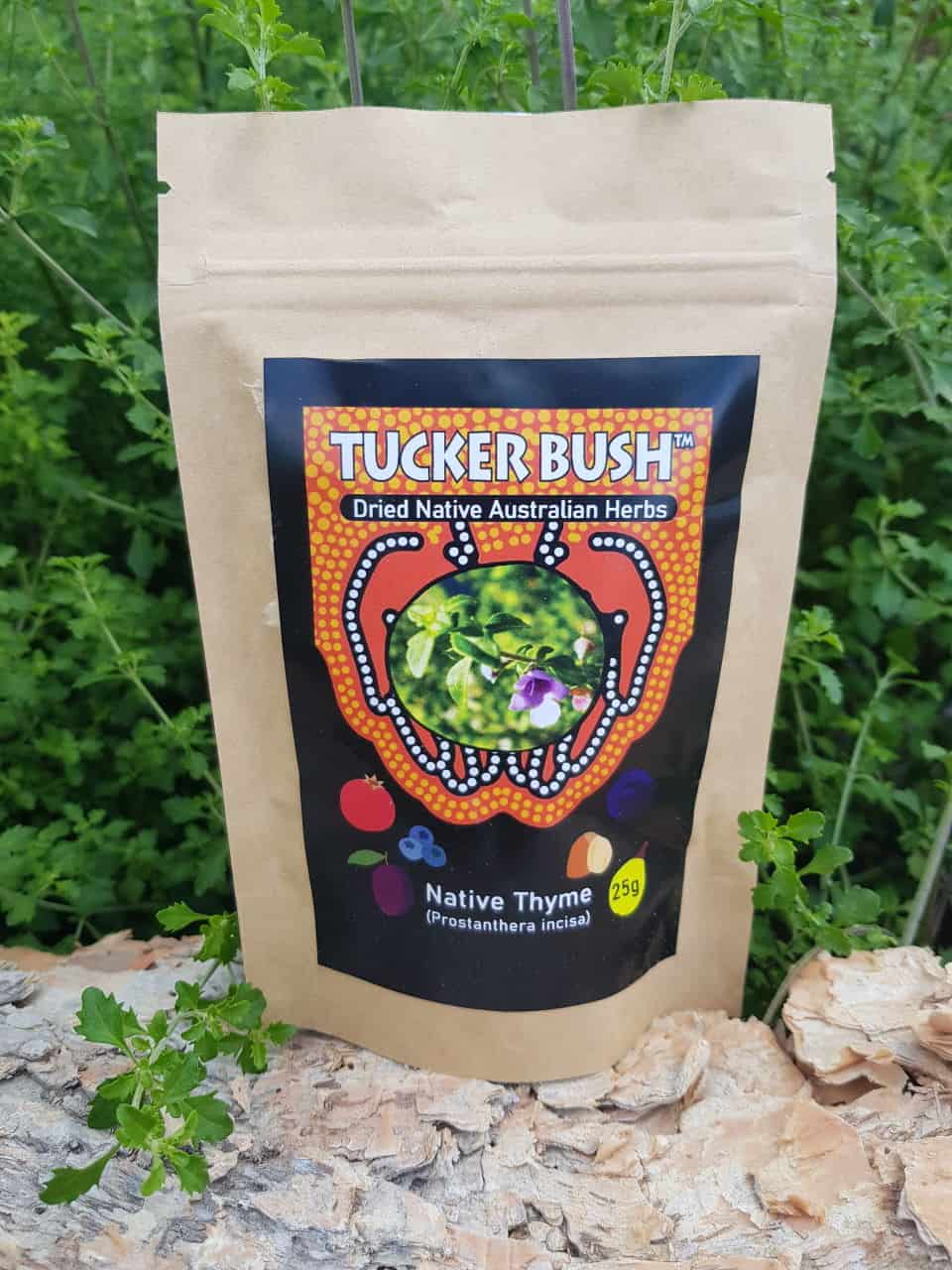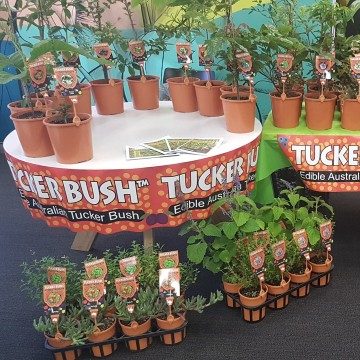There are many advantages to growing your veggies in a raised garden bed. They make it easy to see where your plants are growing (thus preventing accidental trampling), in addition to giving you an allotted space you can more easily control in terms of soil nutrients, pest treatment, and seasonal safeguarding.
People often ask us how well native bushfood will fare when grown in a raised veggie bed. The short answer is: it depends. For home gardeners who can afford the equipment and soil to set up, it’s similar to growing bushfoods in a pot — you’ll find plenty of joy and reward because you know what you’re getting into.
But for those of us who dream beyond the bed — think immersive school gardens, family-friendly edible micro-forests, and safe, respectful forage spaces — there are more considerations on the table. Raised beds tend to be too small to accommodate a complete bushfood garden and, to put it bluntly, miss the point of planting one in the first place.

The best environment for teaching kids about nature is nature itself. Natural bushfood gardens go beyond educating students about food production and keeping plants alive.
Edible school gardens, the Australian way
School bushfood gardens are all about creating a rich learning environment where students can get their hands dirty, developing a connection with nature. They can learn about biodiversity, native plant species, soil, water, pests, beneficial insects, and how Australian climate and ecosystems affect the food they eat.

Tucker Bush Schools Program. No gloves, no tools.
Growing a bushfood garden is about more than food production or learning how to keep a plant alive. In Australia especially, it’s part of a holistic approach to connecting with country and nature. As adults, we embark on a bushfood journey by first “unlearning” the mindset of conventional seasonal veggie gardening in an artificial environment.
By planting natural native bushfood gardens in schools, we can give school-aged children the opportunity to sidestep this barrier and develop local nature smarts from the beginning.

Brick beds and raised veggie planter boxes are akin to growing plants in containers. They are better suited to exotic veggies because There just isn’t enough connection to the ground and room for a diverse natural bushfood garden.
When a raised bed is the only option
Raised garden beds will severely limit your ability to plant a biodiverse natural (as opposed to formal) native garden, as most bushfood plants just won’t thrive under the space restrictions. But sometimes a situation can be not-negotiable, like when accessibility, budget, timeframes or environmental concerns (like contamination and pollution) mean a raised garden bed is the only immediate option.
In which case, here’s what we recommend:
Adapt in the short-term, but plan for the long-term.
Start with your vision for a natural bushfood garden, and work backwards to the situation in front of you. Ensure you have a yearly or seasonal plan for how your garden will transition from its initial setup, remembering that fast-growing trees and shrubs will quickly outgrow their bed.
Establish a proper care plan appropriate for your setup.
Take special care with maintenance during the summer holidays, especially if the school custodian isn’t familiar with bushfood gardening. Note that garden beds blocked off from the ground are no better than plant pots — the plants growing in them will be entirely dependent on you for survival.
Borrow from ‘No Dig’ and Permaculture methods if you lack the budget to buy good soil.
The ‘No Dig’ method mimics nature’s approach of regularly depositing organic matter on the soil surface, relying on microbial and ‘critter’ activity to gradually improve poor soil. Be sure to speak with the school gardener or your garden consultant, as this method is only suitable for a few types of bushfoods in the early stages.

Bushfood gardening is part of a holistic approach to connecting with country and nature.




